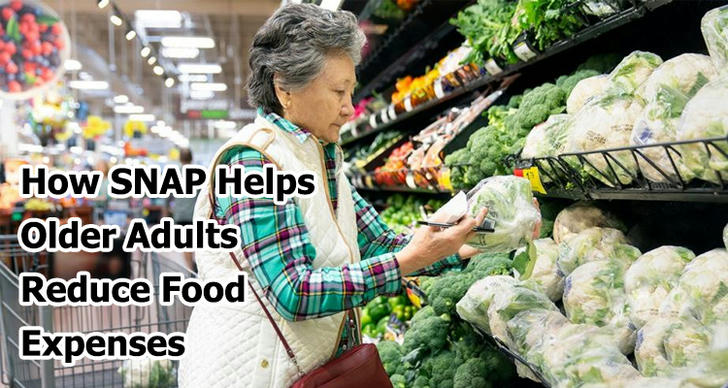How SNAP Helps Older Adults Reduce Food Expenses—A Practical Guide
Food insecurity remains a significant challenge for many older adults in America, with millions facing difficulty in accessing sufficient and nutritious food. Despite the availability of the Supplemental Nutrition Assistance Program (SNAP) designed to alleviate this burden, less than half of eligible seniors participate. This guide aims to help Americans aged 60 and above understand SNAP benefits, eligibility, and application processes to ease food costs and enhance overall well-being.

Food Insecurity Among Older Adults and SNAP Participation Analysis
In recent years, approximately 7 million Americans aged 60 and older have experienced food insecurity, meaning they struggled to afford enough food. However, only about 5.2 million seniors are enrolled in SNAP, accounting for less than half of those who qualify. This gap indicates that over 50% of eligible older adults do not benefit from this vital program. SNAP is specifically designed to help reduce hunger, malnutrition, and financial stress among older adults by providing monthly assistance for purchasing food. Understanding this participation gap is essential to improving outreach and support for seniors facing food insecurity nationwide.
SNAP Benefits for Older Adults Explained
SNAP provides monthly funds that can be used at grocery stores, farmers markets, and convenience stores to buy food. On average, a single senior household receives about $188 per month, which amounts to $2,256 annually. For older adults with limited income, even an average annual benefit of $1,896 can be the difference between having adequate food and going hungry. Beyond just food, SNAP participation often frees up money that seniors can allocate toward medical expenses and other necessities, positively impacting their health outcomes. This financial relief is a critical component in supporting the independence and quality of life for older Americans.
How Older Adults Can Get Help Applying for SNAP
Many seniors hesitate to apply for SNAP due to the perceived complexity of the application and verification steps. To overcome these barriers, several support options are available:
- Contact your state SNAP agency for local outreach information.
- Dial 211 to connect with health and human services nationwide.
- Utilize the National Council on Aging (NCOA), which operates Benefits Enrollment Centers assisting older adults and people with disabilities in navigating and enrolling in SNAP and other benefits.
- Use NCOA’s BenefitsCheckUp tool to determine eligibility for SNAP and related assistance programs, including housing and healthcare support.
SNAP Eligibility Standards for Older Adults: Income and Resource Limits
| Criteria | Details |
|---|---|
| Age Classification | 60 and above defined as elderly under SNAP rules |
| Resource Limits | Up to $4,500 for elderly households (vs. $3,000 general limit) |
| Excluded Resources | Primary home, some retirement accounts, certain vehicles |
| Income Limits (example) | Two-person household net monthly income below $1,704 |
| Special Income Test | Elderly/disabled households must meet net income test accounting for deductions (e.g., medical expenses over $35/month) |
These deductions can significantly improve eligibility for seniors facing high healthcare costs.
SNAP Application Process, Special Rules, and Rights Protection
Applying for SNAP involves submitting an application to the state agency or local office, with eligibility decisions usually communicated within 30 days. The process includes:
- Completing an interview and providing verification (by phone or in person).
- Possibility of expedited benefits within seven days if urgent criteria are met, such as very low income and resources.
- Benefits delivered via Electronic Benefit Transfer (EBT) cards, usable at authorized retailers.
- Exemptions from work requirements for households composed solely of elderly or disabled members.
- Protections against discrimination based on age, disability, race, and other factors.
- Right to request a fair hearing within 90 days if eligibility decisions are disputed.
These procedural safeguards ensure access and fairness for older adults seeking SNAP assistance.
Summary
By understanding SNAP’s benefits, eligibility, application process, and protections, older adults can better navigate the system to access crucial food assistance, reduce financial strain, and improve their overall quality of life.
